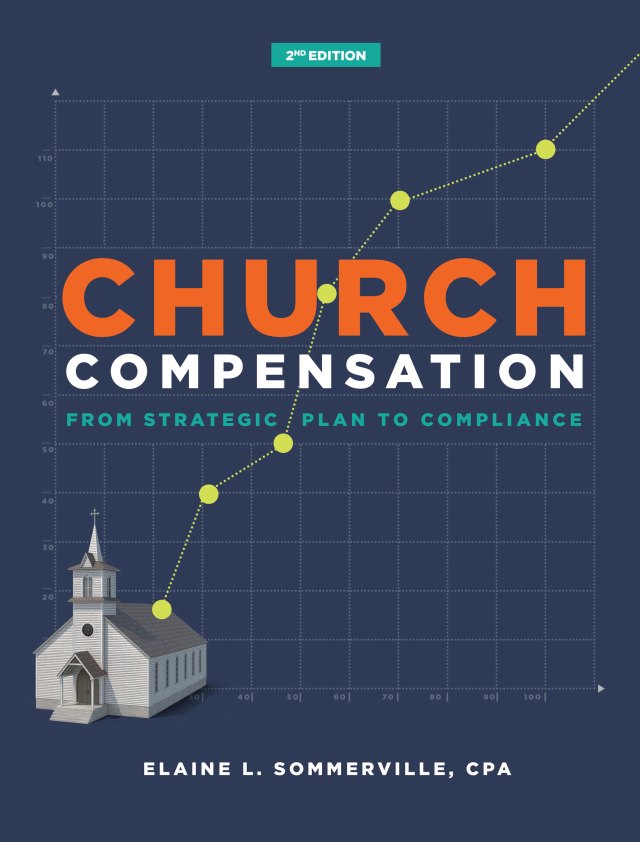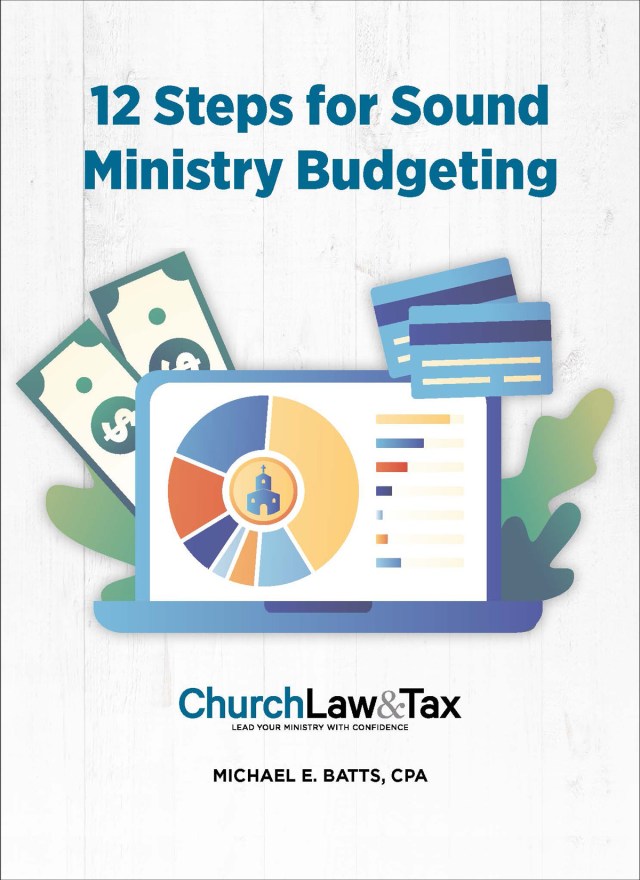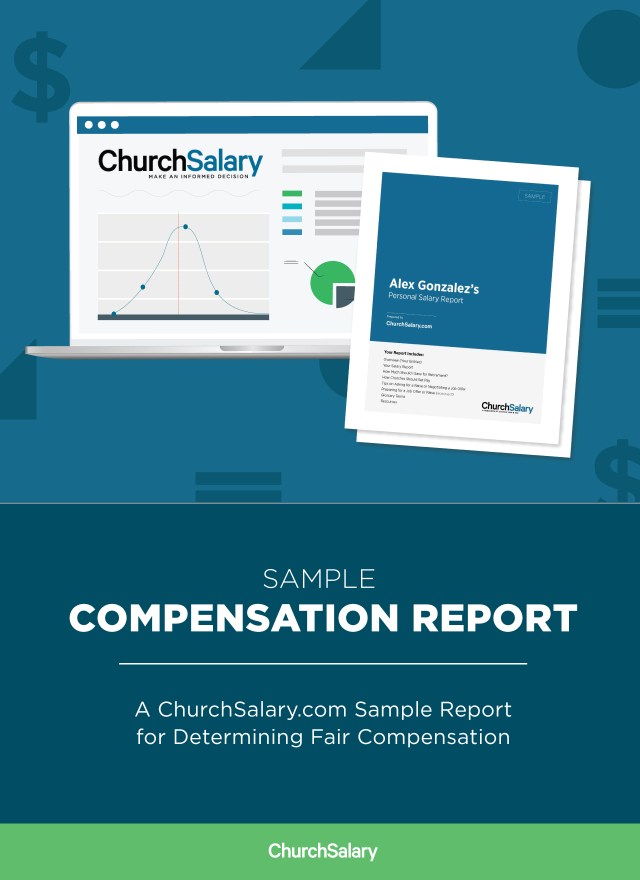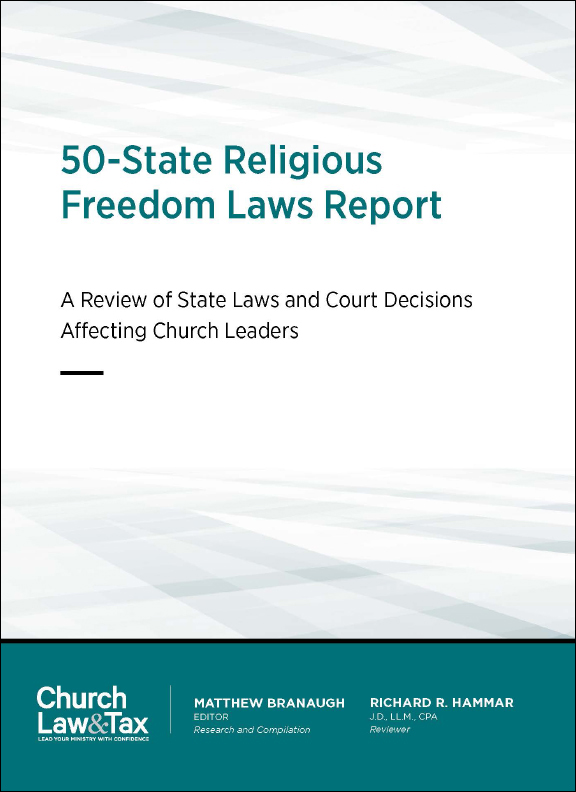Q: With the financial strain created by the ongoing pandemic, our church must make some difficult decisions to stay financially afloat right now. Should we lay off staff? Should we look for less-expensive service providers? What are some do’s and don’ts when it comes to cutting costs?
One very tempting thing to do is to cut staff and to pare down operations. But here is a cautionary word of advice: Do not reduce the operational and financial administration to a crippling level that hampers your ability to make wise financial management decisions. This is certainly not the right time to terminate the people who are gifted and talented in—and capable of—making such decisions.
When it comes to cost reduction, reducing costs by going to cheaper vendors is not a real solution. You’re only going to save a limited amount of money by changing vendors for copier paper and office supplies or getting a competitive bid on lawn maintenance. That’s not where real financial change happens.
Real financial change takes place when you conduct what I call a mission-based impact assessment. Such an assessment begins with having a clearly articulated expression of your church’s mission and purpose.
What exactly is your church called to do? For example, churches have varying degrees of focus on and commitment to ministry areas such as:
- their local community;
- foreign missions;
- education;
- helping the needy;
- Sunday school and children’s education.
Every church is as unique as the people who make it up. Every church has its own unique calling. So, the first and foremost exercise here is to define and articulate your mission and purpose.
Then, the next exercise is to identify and carefully evaluate every single initiative, every single program, every single activity, and every single ministry your church conducts in light of your mission and purpose. Determine what initiatives, what activities, and what ministries you really need to conduct in order to be most effective at carrying out your mission and purpose. That is, which of these initiatives, activities, and ministries have the most impact where it really matters? Adjust as necessary—and eliminate the programs, ministries, and initiatives that you are conducting that have the least impact in accomplishing your specific mission and purpose. That’s where real financial change happens.
In the 2008–2009 Great Recession, churches experienced significant declines in giving then, too. I remember distinctly one church told us that it cut its budget by 30 percent and the church’s leaders told their congregation that they had done so. But what was very interesting was that even after that budget cut, members of the church started looking around and saying, “We don’t really see or notice anything that’s very different.” And that may be an indicator that about 30 percent of the church’s budget had been going to programs, ministries, and activities that were not central to its mission.
For additional details on this concept and other expense reduction strategies, see chapter 1 of my book Church Finance: The Church Leader’s Guide to Financial Operations.





